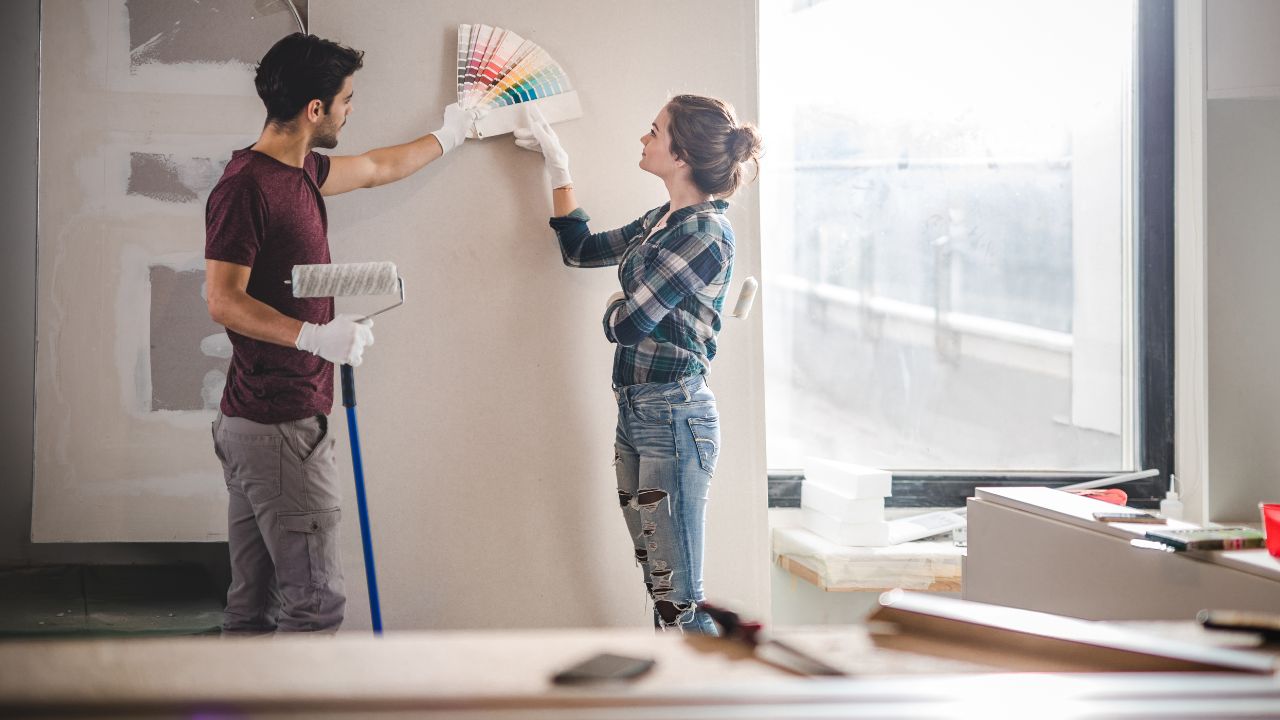Australia’s housing market is being powered by a spike in both investor lending and renovation activity, with new ABS data revealing investors now account for two in every five home loans and nearly half of new home builds.
The Lending Indicators and Housing Finance data for the September quarter 2025 show investor borrowing rose 17.6% compared with the previous three months, reaching almost $40 billion in new loans, which is the strongest quarterly increase in a decade.
Investors were responsible for building 43% of new homes during the quarter, a share well above historical averages.
Housing Industry Association (HIA) Chief Economist Tim Reardon said the results show that a combination of rising property prices, low unemployment, and limited housing supply is driving record investment and renovation activity.
“Home renovation activity nears record high, boosted by rising home prices and low unemployment,” Mr Reardon said.
“Data released today shows that the value of lending for renovations is almost three times higher than it was pre-pandemic. This growth in renovations work is facilitated by the rise in home prices and low unemployment.”
Mr Reardon said the cost of land had encouraged many families to renovate rather than move, with home improvement spending now “growing twice as fast as the rest of the economy.”
He also noted that investors are playing a vital role in delivering new housing supply.
“Investors typically supply around a third of all new homes built in Australia but are a larger share of the market at present due to a lower level of activity from owner occupiers,” he said.
Meanwhile, the Australian Bureau of Statistics reported a rise in permanent and long-term arrivals to Australia, suggesting housing demand will remain elevated.
“It will be crucial for policymakers to maintain a strong pipeline of shovel-ready land to meet this return of housing demand and prevent housing affordability from worsening,” Mr Reardon said.
He warned that higher taxes on investors would do little to ease supply constraints and could instead limit the number of new homes being built.
The latest data also highlight the uneven nature of housing activity across the states. Loans for the purchase and construction of new homes fell nationally by 0.2% over the quarter. Tasmania recorded the largest rise (+18.2%), followed by New South Wales (+12.3%), the ACT (+8.5%) and Victoria (+0.3%). Declines were recorded in Queensland (-0.4%), Western Australia (-3.0%), South Australia (-3.9%), and the Northern Territory (-26.8%).
At the same time, renewed investor appetite is drawing concern from regulators. The Reserve Bank has flagged that investor credit is expanding at its fastest rate since 2015, while the Greens have called for the Australian Prudential Regulation Authority (Apra) to “pull the handbrake” on investor lending.
“We need to urgently rein in an overheated credit market for property investors,” Greens senator Barbara Pocock said.
Analysts, including Cotality’s head of research Eliza Owen, warn that any regulatory intervention similar to that seen in the mid-2010s could cool house prices, which have already risen more than 6% this year.
Major banks, including Westpac and NAB, report investors now account for more than 40% of new home loans. Westpac chief executive Anthony Miller said investors remained “attractive” customers but acknowledged the need for balance.
“We’ve just got to … be careful about the outlook and the risks that come from going too far too fast in a particular segment, but we think we’ve got the balance right,” Mr Miller said.

